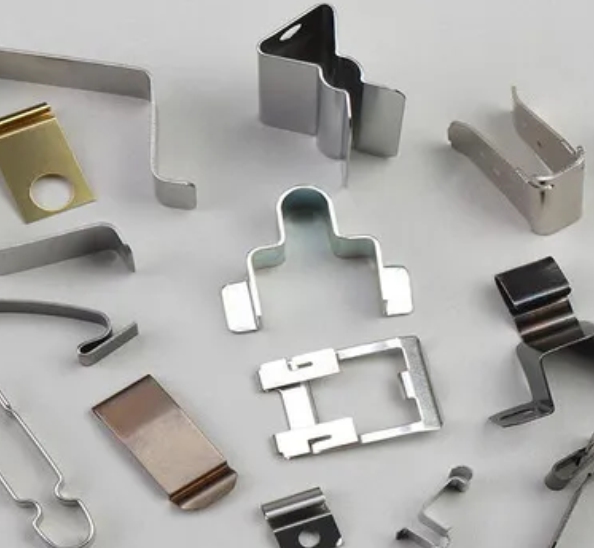Sheet Metal Components Manufacturer
Sheet metal components refer to types of metals that can be rolled up or foiled like sheets. Sheet metals are the basis of varied types of engineering. First, let us have a deeper overview of what materials are involved in rolling metals into sheets. You can also have an understanding of the product info. Alongside this, we will also discuss the applications and features of the metallic sheets.
Product Description
If you want to have a list-down of the kind of metals that are used for metal engineering works, here is a list:
- Aluminium
- Stainless steel
- Carbon steel and
- Copper
These are metals that can be bent or folded to suit the dimension or workflow for several engineering or real-estate works. For instance, an aluminium foil plate can hold food hotter for a couple of hours. In addition, copper sheets are used as decorative layers in modern buildings.
Features
As said before, metallic sheets are designed with specific features or attribute the corresponding sheet metal components manufacturer has in mind. The main features include the following:
- The thickness of the metallic sheets must be between 0.5 and 0.6 mm. Only then may these sheets be folded or bent to meet the diverse needs of the engineer’s project.
- The thickness of the metal sheet can be measured using three measurements. These include millimetres, mils and gauges.
- Do you require foils, sheets or metallic plates? First, the sheet metal components manufacturer who designs the same configuration must arrive at the configuration. Say, for instance, you need copper wires to be inserted into electrical heater rods. So depending on the usability of the project, the right type of metallic sheet has to be arrived at.
- This is how you classify metallic sheets. If you prefer aluminium or tin foil, the thickness might be as little as 0.2 mm. The width of sheet metal for engineering or construction work might range from 0.5 mm to 0.6 mm. Anything larger than this size transforms the sheet into a metallic plate.
- Metallic sheets are easy to form and have a great degree of tensile strength. That is primarily why metallic sheets are preferred in various manufacturing industries.
- Many manufacturers provide sheet metal components at an affordable price range too.
Applications
Having seen the various features of a metallic sheet, let us now move on to find out the applications of the versatile product:
- Metal sheets can be divided into two sub-categories, 1. Cold Rolled Sheets, and 2. Hot rolled sheets. Cold-rolled sheets are metallic sheets that are rolled up at room temperature. Cold-rolled sheets are good building materials when constructing garages, industrial structures and steel sheds.
- Hot rolled metallic sheets refer to those sheets wherein the metal is rolled up using heat. Hot rolled sheets are used to design agricultural equipment, automobile seat frames, railway lines, and cross sections.
- Stainless steel can be used for creating dental equipment like MRI scanners, surgical implants, etc. You also have manufacturers who work with stainless steel to design sink countertops, cutlery, pipes, storage tanks, etc.
- Aluminium sheets are extensively used for designing consumer electronic products. These include flat-screen televisions, laptops, smartphones, tablets, TV antennas, power systems, appliances and motors.
Conclusion
We have examined the many features, applications, and product knowledge of sheet metal components.






























